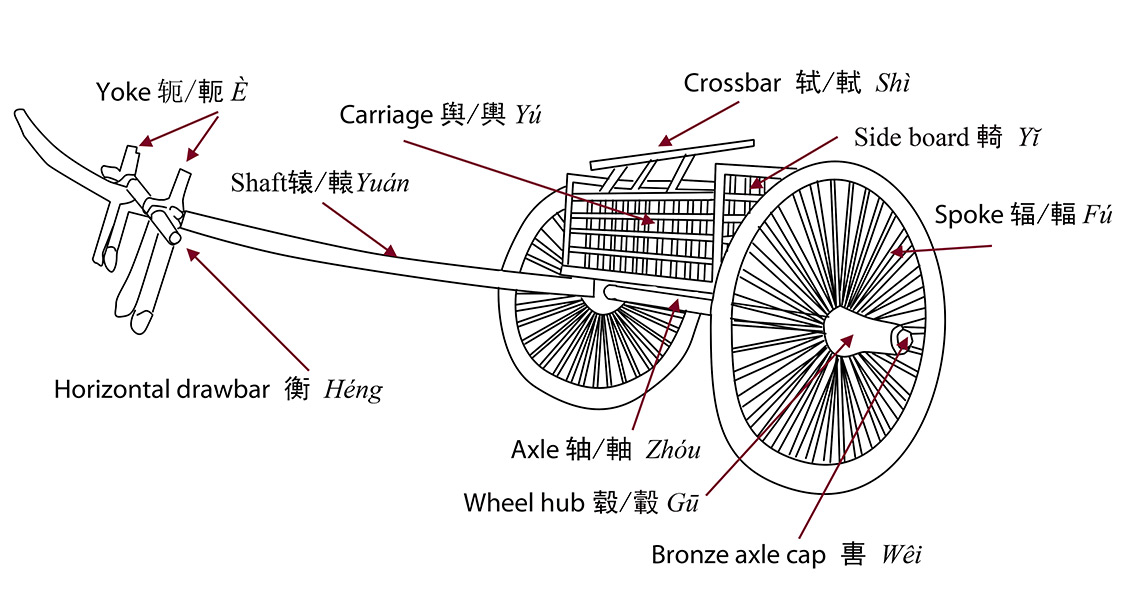<![CDATA[Excavations in China have recently revealed 28 chariots and 49 pairs of horses. The chariots and horses were discovered in a group of tombs dating back 2,800 years. The tombs, located in the city of Zaoyang, Hubei province, are from the Spring and Autumn Period, 770-476 BCE. Thirty tombs of various sizes have already been excavated by archaeologists. The discovery of the 33-metre long and 4-metre wide chariot pit has been the cause of much excitement amongst the Chinese archaeological community. "This chariot and horse pit is different from those discovered previously along the Yangtze River. The chariots and horses were densely buried," said Professor Liu Xu, from the School of Archaeology and Museology at Peking University. "Many of the wheels were taken off and the rest parts of the chariots were placed one by one." At least 28 distinct chariots have been discovered during three months of excavation. Of further interest was an adjacent pit 5 metres away from the chariots containing at least 49 pairs of horses. The horses were buried lying on their sides, back to back, an arrangement which suggests they were killed before being buried "Judging from the way the horses were buried, they were buried after they were killed, as there was no trace of struggle. Second, it is the way they were laid. They were laid back to back, lying on their sides. It means that two horses pull one chariot," said Huang Wenxin, researcher from the Archaeological Institute of Hubei Province. During the turbulent Spring and Autumn Period, the feudal system of fēngjiàn became irrelevant. As the traditional centralised power of the Zhou dynasty waned, smaller fiefdoms became increasingly independent. This created a power vacuum, allowing larger, more powerful states to claim suzerainty over smaller ones. Power struggles were common in this era, with numerous landholding families vying for control with one another. Burying numerous chariots and horses could have represented a statement of power by one of these newly created states. Liu Xu said that the number of chariots and horses could represent the high social rank of the deceased. "The number of chariots often demonstrated the strength of a country at that time. More chariots mean that the country was powerful. The strength was measured by the number of chariots," Liu said. "In modern words, the chariots represent a kind of high-tech product. Only people with rather high ranks can own chariots." By burying perfectly usable chariots and killing horses, the deceased wanted to create a conspicuous display of wealth and power. Only those who had chariots to spare would have buried them. It is important to remember that the reasons why the horses and chariots were buried are speculative at this time. It is known however, that in ancient China, human and animal sacrifices were made to appease gods of the weather. Mankind depended on the goodwill of these gods as it was thought they had the power to create the favourable weather that would allow crops to grow. Image courtesy of Wikimedia Commons user: Philg88 ]]>
Dozens of Chariots and Horses Unearthed in China
